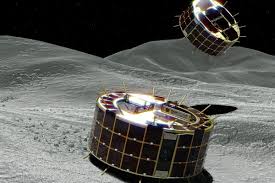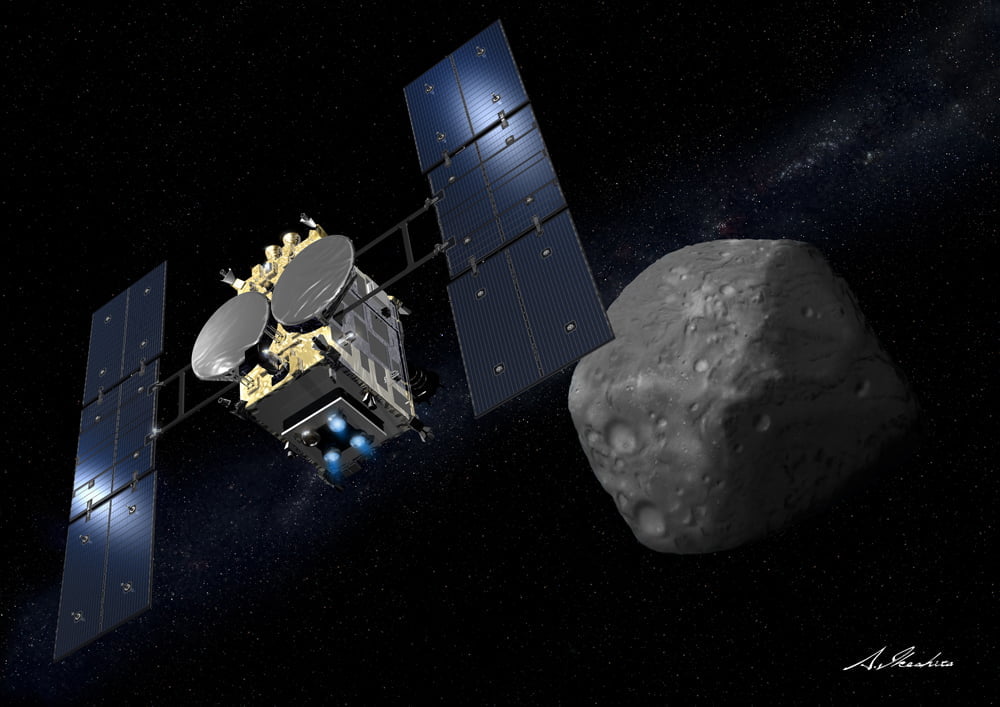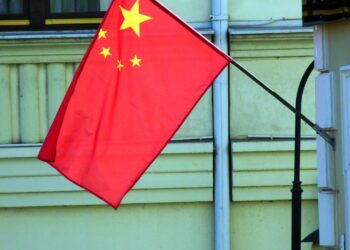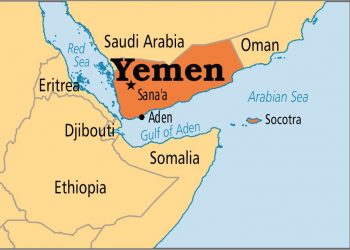JAPAN: Japan has successfully landed two tiny rovers on the asteroid Ryugu located nearly 200 million miles away from Earth. Japan made history On Friday, Sept. 21
Read More: US-Japanese test missile interceptor fails again
The MINERVA-II1A and MINERVA-II1

B will explore the giant asteroid. The Japan Aerospace Exploration Agency confirmed that Hyabusa2 successfully deployed the rovers. The MINERVA-II1A and MINERVA-II1B were separated from the mothership as scheduled at midnight.
JAXA Loses Contact
Japan Aerospace Exploration Agency (JAXA) lost communication a few minutes later with the two rovers little after they had separated from Hayabusa2. To confirm that both explorers have landed Japan Aerospace Exploration Agency (JAXA) is trying to establish the connection but they have said there is no need to get alarmed.
Read More: Japan successfully launches asteroid probe
The Hayabusa2 team has clarified the issue in communication is due to the position on the MINERVA – II1. Ones Ryugu rotates communication is expected to reestablish.
TWEETS
[MINERVA-II1] Communication with MINERVA-II1 has currently stopped. This is probably due to the rotation to Ryugu, and MINERVA-II1 is now on the far side of the asteroid. We are currently working to confirm if there are images capturing the MINERVA-II1 landing. #asteroidlanding
— HAYABUSA2@JAXA (@haya2e_jaxa) September 21, 2018
The rovers of Ryugu has also sent the first photo, that was captured before landing on the asteroid surface.
[MINERVA-II1] #asteroidlanding https://t.co/iafav3jguJ pic.twitter.com/GBvfEYcPTV
— HAYABUSA2@JAXA (@haya2e_jaxa) September 21, 2018
center>
[MINERVA-II1] The shadow of Hayabusa2 on the surface of Ryugu is gradually becoming stronger. The altitude of the spacecraft is now down to about 400m.
※The image was captured at universal time, UTC 2018-09-21 03:05 pic.twitter.com/q6rrNTz0VF— HAYABUSA2@JAXA (@haya2e_jaxa) September 21, 2018
It was reported by Japan Aerospace Exploration Agency (JAXA) Saturday morning the Hyabusa2 spacecraft is back to its home position.
Mission
Both the rovers will collect data from the Ryugu with the help of cameras and temperature sensors by exploring the surface of the asteroid.
The rovers have the ability to hop in order to move across the surface and explore. Since the gravity on Ryugu is weak, it is expected that after a hop the rover will stay in air for about 15 minutes before landing back on the ground.
In October another lander named MASCOT (Mobile Asteroid Surface Scout) will be landed on the surface of the asteroid by Hyabusa2. Sometime next year another hopper named MINERVA – II2 will be deployed.
The mission of Hyabusa2 is to study the surface of the asteroid and understand what it is made of. It is assumed that Ryugu and similar drifting rocks are fragments from earlies years of the Solar System.

















